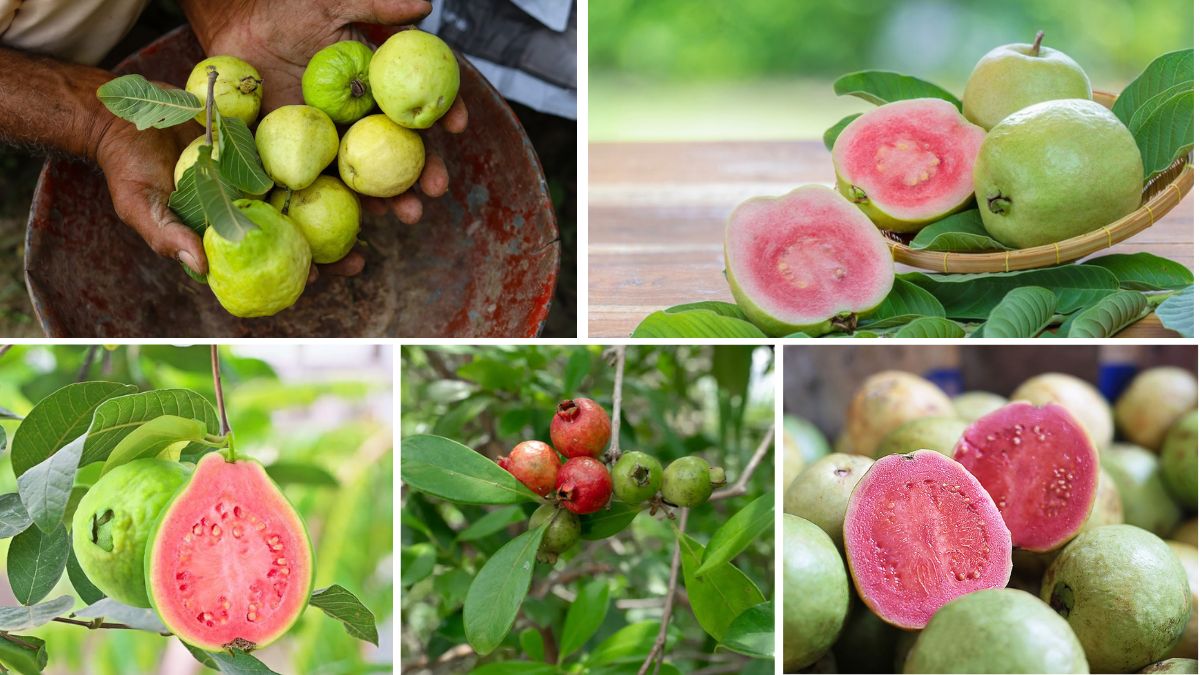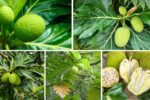Guava, scientifically known as Psidium guajava, is a tropical fruit renowned for its sweet taste, rich nutritional profile, and medicinal properties. With its high vitamin C content, dietary fiber, and antioxidants, guava is not only consumed fresh but also used in juices, jams, jellies, and desserts around the world. The global demand for guavas has been steadily increasing, driven by rising awareness of healthy diets and tropical fruit consumption.
This article explores where most of the world’s guavas come from, analyzing the top-producing countries, their cultivation practices, export dynamics, and market trends.
Guava: An Overview
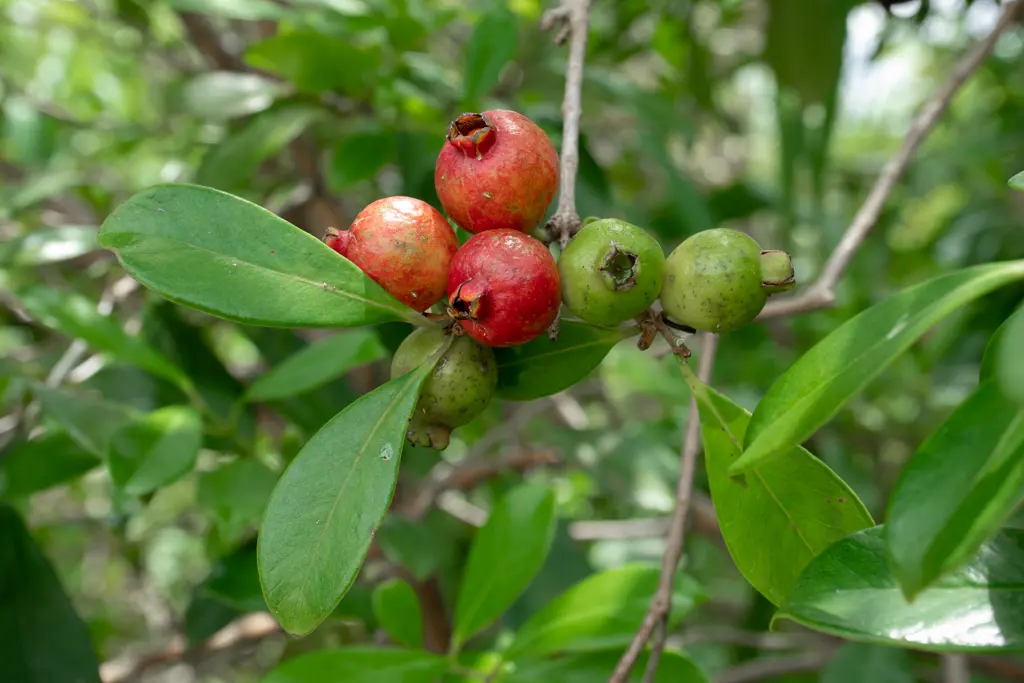
Originating in Central America, guava has been cultivated for thousands of years. Its adaptability to tropical and subtropical climates has enabled its cultivation in Asia, Africa, and parts of the Americas. Guava trees are hardy, require minimal maintenance, and thrive in a variety of soil types, making them an important fruit crop in developing and developed countries alike.
Nutritional and Economic Importance
- Vitamin C Rich: Guavas contain up to five times the vitamin C found in oranges.
- High Fiber Content: Aids in digestion and helps maintain gut health.
- Antioxidants: Protect the body from free radicals and boost immunity.
- Economic Value: Guava farming provides income for smallholder farmers and contributes to local and international trade.
Top Guava-Producing Countries
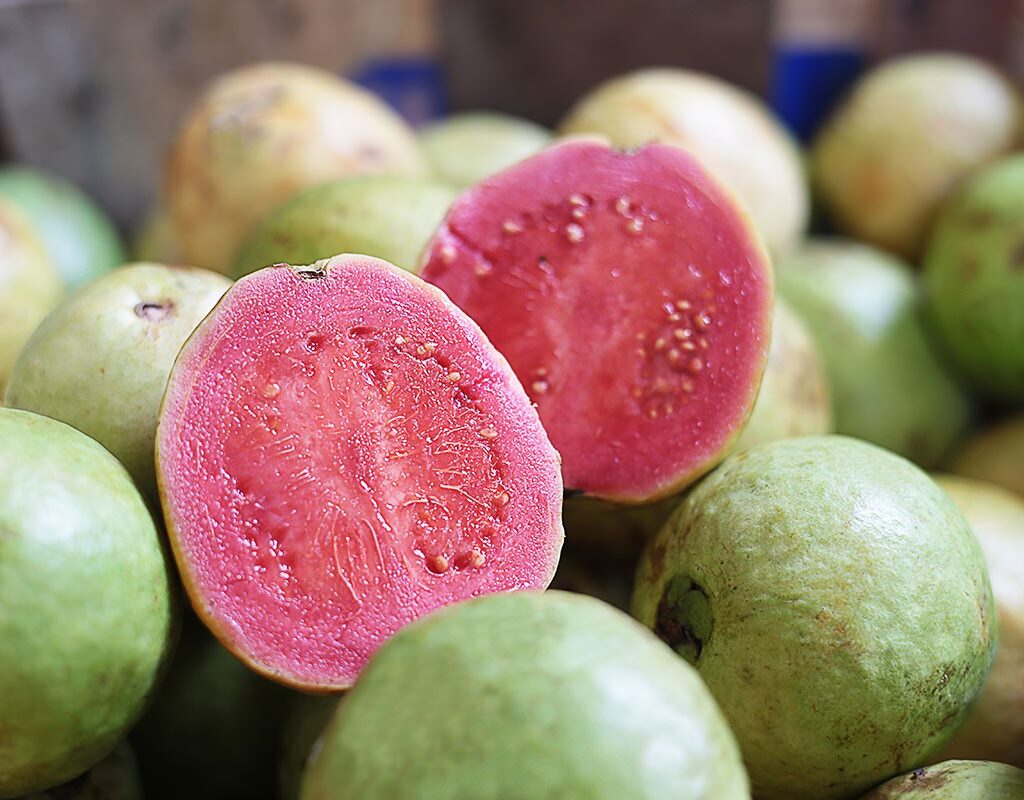
1. India
India is the largest guava producer in the world, contributing over 40% of global production. States like Uttar Pradesh, Maharashtra, Bihar, Gujarat, and West Bengal are the major guava-growing regions.
Reasons for High Production:
- Favorable tropical climate with warm temperatures.
- Diverse soil types suitable for guava cultivation, including loamy and alluvial soils.
- Advanced farming techniques and irrigation systems in commercial orchards.
Varieties Grown:
- Allahabad Safeda
- Lucknow 49
- Red Malaysian Guava
Exports:
- India exports guavas primarily to the Middle East, Southeast Asia, and European countries.
- The growing popularity of Indian guavas is attributed to their unique sweetness and aroma.
2. Mexico
Mexico is another major guava producer, especially in regions like Michoacán, Puebla, and Jalisco. The country is known for both fresh consumption and processed guava products, including jams, candies, and beverages.
Production Highlights:
- Warm, tropical climate favors year-round guava production.
- Mexico focuses on both domestic consumption and export to the United States and Canada.
Popular Varieties:
- Criolla
- White Indian
- Mexican Red
Exports:
- Guavas and guava-based products are exported mainly to North America and Europe.
- The processed guava industry contributes significantly to Mexico’s agricultural exports.
3. Thailand
Thailand ranks among the top guava producers in Southeast Asia. Thai guavas are particularly valued for their sweetness and large fruit size.
Key Production Areas:
- Chonburi
- Rayong
- Chanthaburi
Unique Features:
- Thailand cultivates both green and pink-fleshed guavas.
- High attention to fruit grading and packaging ensures quality for international markets.
Exports:
- Thai guavas are exported to neighboring countries like Malaysia, Singapore, and China.
- Fresh guavas and guava-based snacks enjoy growing popularity in East Asian markets.
4. Indonesia
Indonesia has emerged as a prominent guava producer due to its tropical climate and fertile volcanic soils. Guava cultivation is widespread across Java, Sumatra, and Bali.
Production Highlights:
- Cultivated primarily for domestic consumption.
- Local markets rely heavily on fresh guavas, while processed products include jams and juices.
Popular Varieties:
- Local red and white-fleshed varieties
- Imported hybrid varieties for export
Exports:
- Limited compared to India or Thailand but growing steadily in Southeast Asian markets.
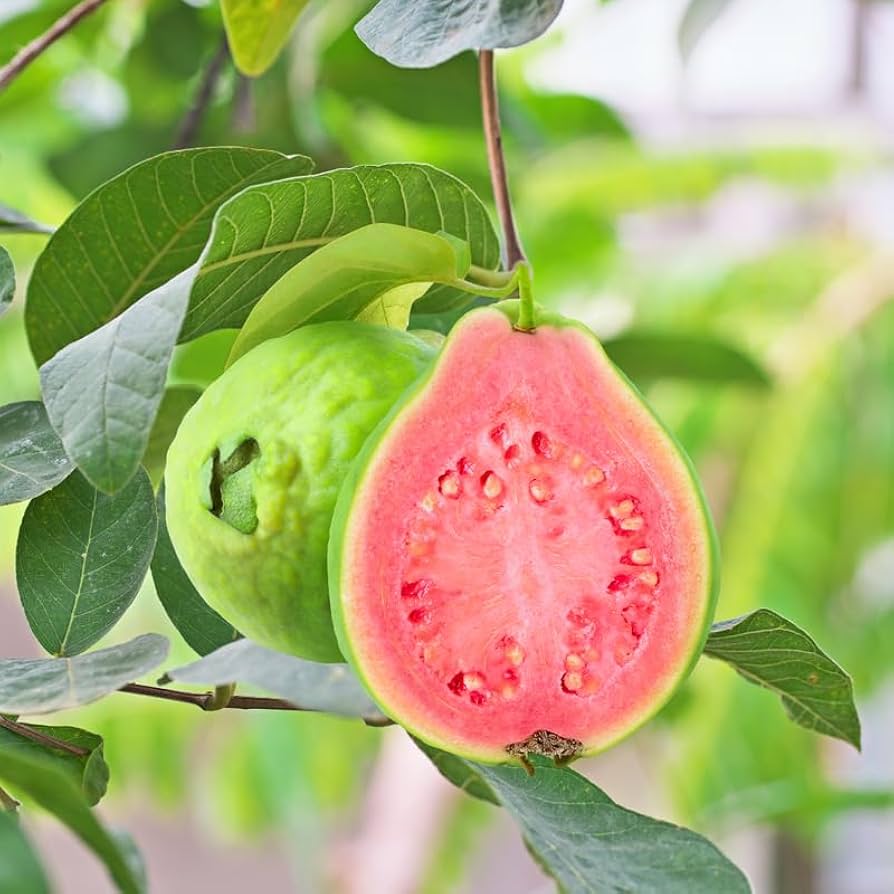
5. Pakistan
Pakistan is known for its high-quality guava, particularly the “White Safeda” variety, famous for sweetness and aroma. Guava cultivation is concentrated in Punjab and Sindh provinces.
Production Highlights:
- Guava grows well in semi-arid conditions with proper irrigation.
- Pakistan focuses on both fresh fruit markets and processing industries for jams and juices.
Exports:
- Major export destinations include Middle Eastern countries, particularly the UAE and Saudi Arabia.
Global Guava Trade and Market Trends
Export Dynamics
- Fresh Guava: Countries like India, Thailand, and Mexico dominate the fresh guava trade.
- Processed Products: Thailand and Mexico have a strong presence in guava jams, candies, and beverages.
- Emerging Markets: African and South American countries are increasing guava production for export to Asia and Europe.
Consumption Trends
- Rising health consciousness drives demand for guavas as natural sources of vitamin C and dietary fiber.
- Tropical fruit juices and smoothies containing guava are gaining popularity in North America, Europe, and Asia.
- E-commerce platforms facilitate export of fresh guavas to countries with limited local production.
Challenges in Guava Production
- Pests and Diseases: Fruit flies, guava wilt, and anthracnose affect yields.
- Climate Sensitivity: Unpredictable rainfall and temperature changes can impact fruit quality.
- Post-Harvest Handling: Guavas are perishable, requiring cold storage and careful transport for exports.
Emerging Guava-Producing Countries
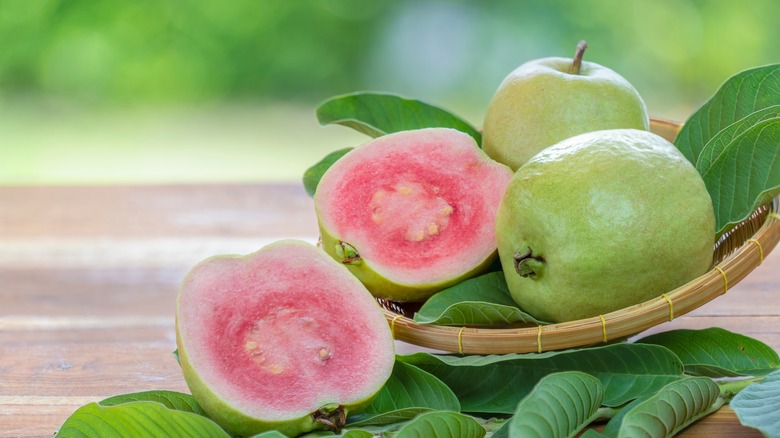
While India, Mexico, Thailand, Indonesia, and Pakistan dominate global production, other countries are increasingly investing in guava cultivation:
- Bangladesh: Large-scale cultivation in regions like Rajshahi and Khulna.
- Philippines: Guavas are grown in Luzon and Visayas for domestic consumption and local markets.
- Brazil: Brazil focuses on guava jams, juices, and processed products for both domestic use and export.
These emerging countries contribute to diversification of the global guava supply, reducing dependency on traditional exporters.
Tips for Successful Guava Cultivation
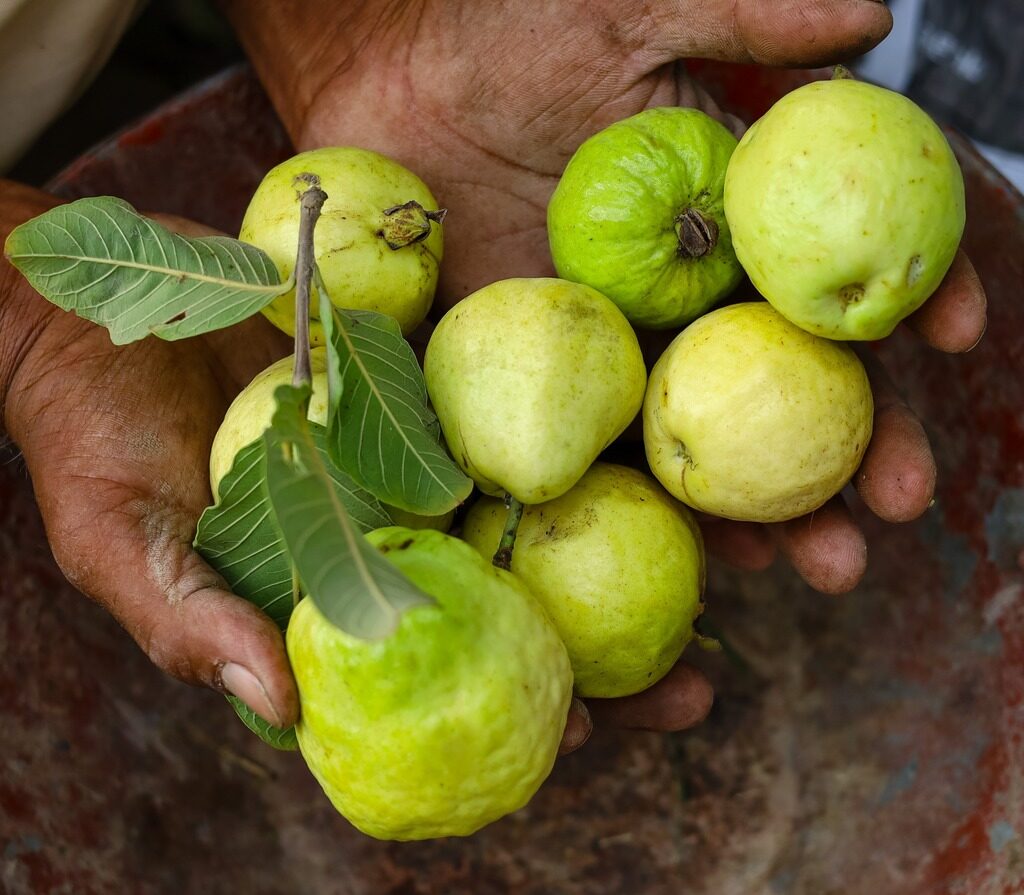
For countries or farmers aiming to increase guava production:
- Climate and Soil: Choose tropical or subtropical regions with well-drained, loamy soil.
- Variety Selection: Opt for high-yielding and disease-resistant varieties suitable for local conditions.
- Irrigation: Guava trees need regular watering, especially during flowering and fruiting.
- Fertilization: Apply balanced fertilizers to promote growth and fruit quality.
- Pest Management: Monitor for fruit flies, aphids, and fungal infections.
- Post-Harvest Handling: Use cold storage and proper packaging for fresh exports.
Conclusion
Guava cultivation plays a significant role in both nutrition and the economy of producing countries. India remains the largest guava producer, followed by Mexico, Thailand, Indonesia, and Pakistan. These countries supply fresh guavas and processed products to international markets, catering to rising global demand. Emerging producers in South America and Southeast Asia are further diversifying the guava supply chain.
As awareness of healthy diets grows worldwide, the guava industry is poised for steady expansion. Its adaptability, nutritional value, and versatile usage make it one of the most important tropical fruits in the global market. Understanding where most of the world’s guavas come from helps policymakers, farmers, and businesses optimize production, ensure sustainable practices, and meet international demand efficiently.
By combining traditional cultivation techniques with modern agricultural practices, producing countries can enhance yield, improve fruit quality, and expand guava exports—ultimately contributing to global health, nutrition, and economic growth.
